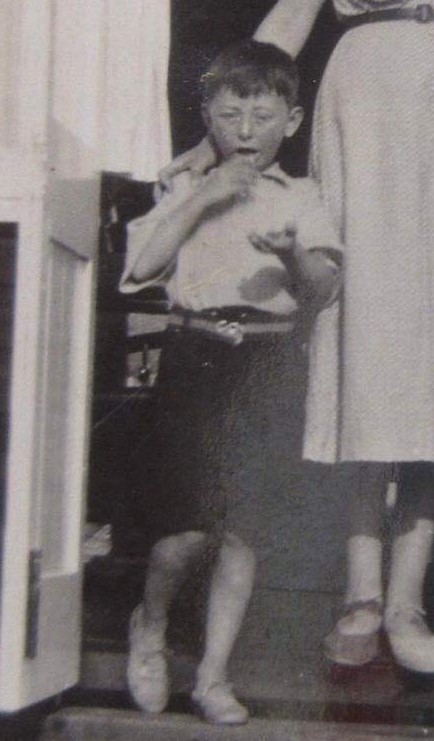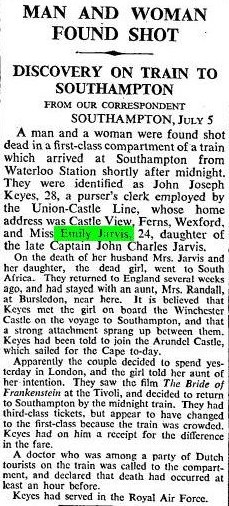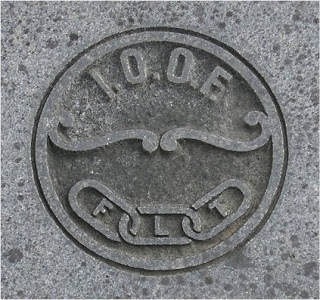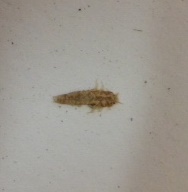
George Charles Harris was born to Harry Harris and Alice Elcock in 1894 in Lockerley, Hampshire. He had an older brother William Sydney Harris, who had been born just the previous year.
The family lived in Carters Clay, near Sherfield English in Hampshire and like many families of the era and location, they worked the land. The 1911 census gives Harry’s occupation as a farm labourer and his two sons as woodmen. Within 3 years of this census, their lives were change considerably.
William married Maud Annie Ockley in October of 1914 and soon (the exact date cannot be determined) he enlisted in the army with the Hampshire regiment. His brother George followed in this footsteps and on 12th December 1915, he enlisted in Winchester for the Worchester Regiment. Both men would serve in France at various periods within their army career.
On 24th August 1916, while serving in Boulogne, George suffered a gunshot wound to the left of his chest, luckily missing his heart. He was sent home to Charring Cross hospital to recuperate.
Meanwhile, William had also been sent home for a brief period because in May of 1917, his wife gave birth to their daughter, Eleanor A M Harris. It is unclear if William ever saw his daughter because in March 1918, while serving with the 62nd Battalion Machine Gun Corps, possibly near Arras in France he was badly injured. He was to die of his wounds on 29th March 1918.
Four years after his death, Maud remarried and had another daughter. Despite this the family were to suffer another blow when Eleanor, (William’s daughter) died prematurely at the age of 30.
By 1917, George was now serving in the Army Veterinary Corps in Mesopotamia. By May however, he had contracted Malaria and was sent to a hospital in Bombay, India. It would seem that he contracted it again in March of 1919. He was eventually demobilised in January 1920 and later returned home to Carters Clay. It is unclear when he would have been made aware of his older brother’s death.
On his return home George became a spar maker (a carpenter who finishes and installs spars and masts on a boats and ships). He would meet his partner Alice Kate Alford of Whiteparish and they were engaged to be married in January of 1927. After surviving a gunshot wound and two bouts of Malaria it seemed that George had begun to make a life for himself.
On the afternoon of Sunday 19th December 1926, George collected his fiancé from Whiteparish on his Motorcycle and took her to his father’s home. He then left at approximately 3pm to travel to Awbridge to visit with Arthur Henry Loader (his sister-in-laws new husband) and stated that he would return shortly.
At around 3.30pm, a school master at Awbridge was called upon and made aware of an accident by a driver of a car. According to the driver – Arthur James Ledger Hill, he was driving his car down Romsey road, towards Awbridge when he noticed a man riding a motorcycle at some speed up ahead. Mr Hill pulled his car over to the verge fearing that there would be an accident. The motorbike could not make the corner and veered to the right of the road. The motorcycle struck the car and the driver was thrown to the verge.
A doctor was called and at 4.20pm, the motorcyclist was pronounced dead at the scene and it was determined that he had died instantaneously.
This motorcyclist was identified as George Charles Harris. He was 32.
At the age of 27, Alice was left alone – and pregnant!
It is unclear if George knew that his fiancé was pregnant with his child before he died, but the fact that they were soon to be married gives the impression that he may well have known.
Alice gave birth to a son on 22nd May 1927. She named him George Charles Harris Alford in recognition of her fiancé.
This man was my grandfather.
This is George Charles Harris Alford as a young boy and again on his wedding day at the age of 26.

































Recent Comments